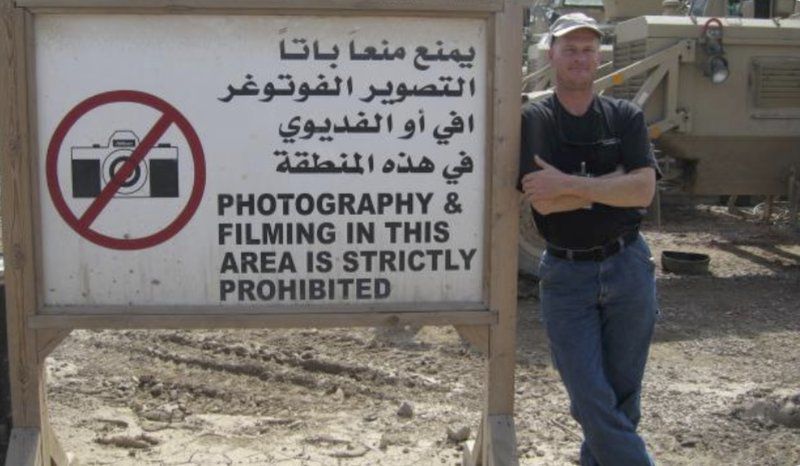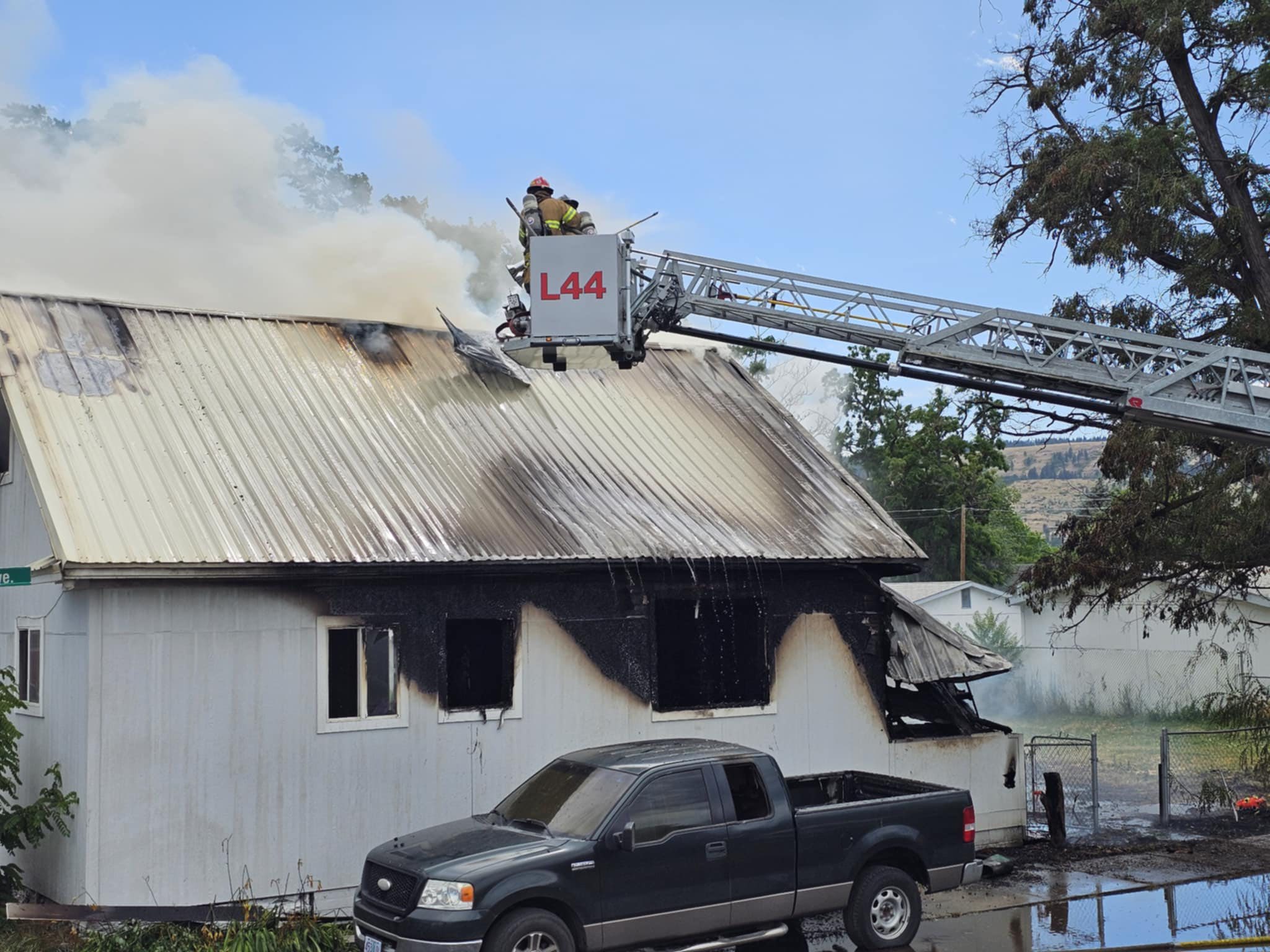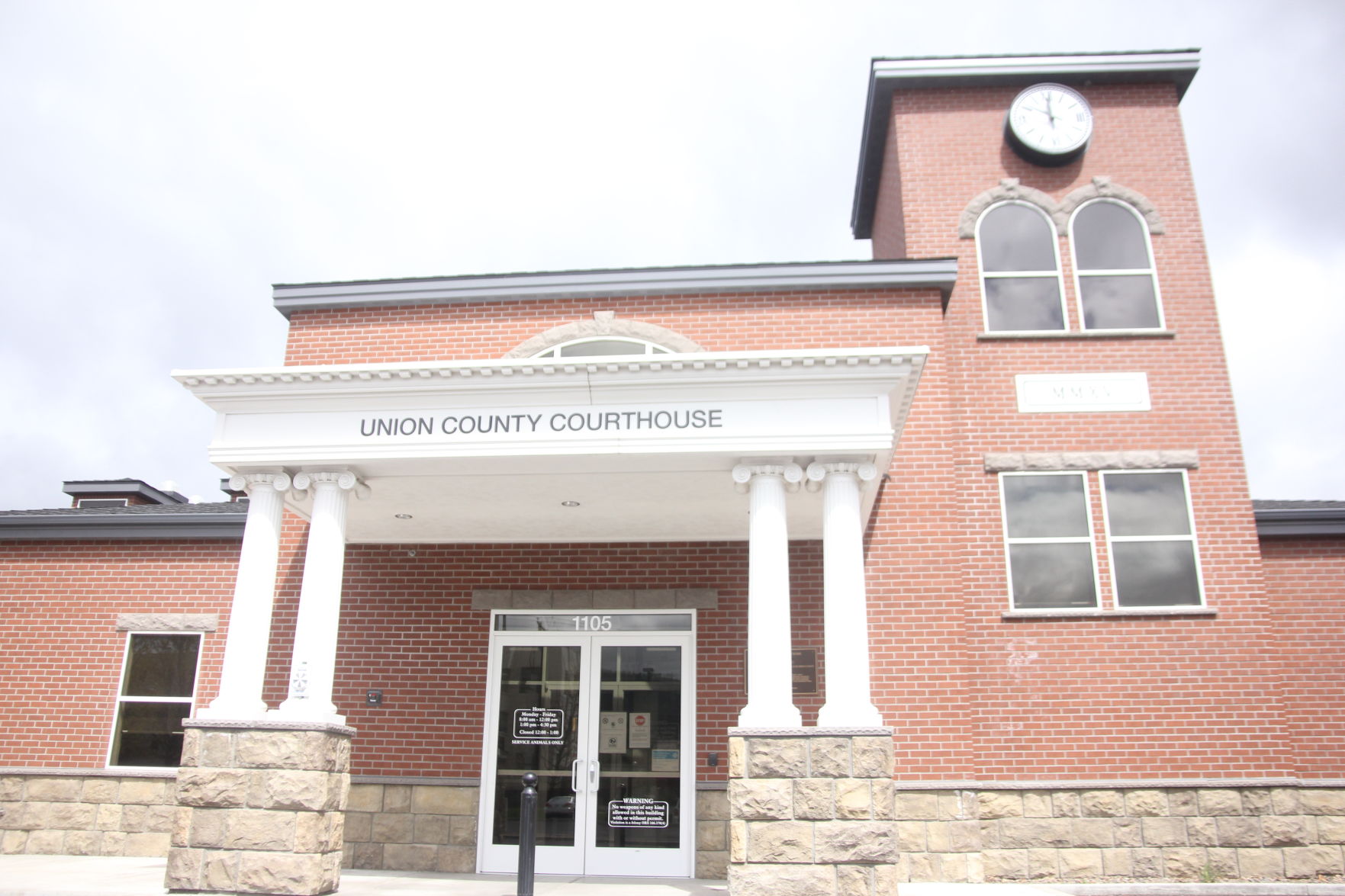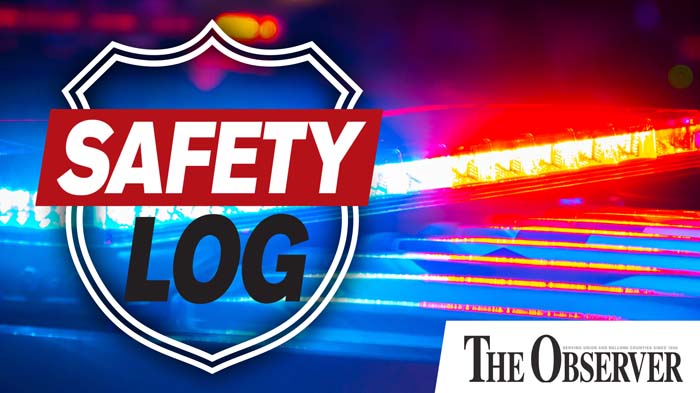SEALs tried to locate U.S. citizen taken by Afghan militants
Published 6:45 pm Friday, May 1, 2020

- Mark Frerichs, a contractor from Illinois, poses in Iraq in this undated photo obtained from Twitter. Frerichs was abducted in Afghanistan in January 2020.
WASHINGTON — In the days following the January capture of an American contractor in Afghanistan, Navy SEAL commandos raided a village and detained suspected members of a Taliban-linked militant network, The Associated Press has learned.
U.S. intelligence agents also tried to track the cellphones of the man and his captors, but the trail went cold. There has been little public discussion by the U.S. government of Mark R. Frerichs’ case, even as American negotiators arranged prisoner exchanges as part of their efforts to reach a peace deal with the Taliban.
Little is known about the circumstances surrounding the abduction of the contractor from Illinois. But the previously unreported operation, described by multiple U.S. officials over the past month, sheds new light on the American government’s efforts to locate him soon after he went missing and to collect intelligence aimed at his recovery.
A senior U.S. government official and a second Defense Department official spoke to the AP on condition of anonymity because they were not authorized to discuss the matter publicly. The Pentagon and U.S. Special Operations Command declined to comment on the operation.
The new details emerge as violence and political infighting in Kabul threaten to scuttle the peace deal between the Taliban and the U.S. Last month, Secretary of State Mike Pompeo voiced frustrations after a failed attempt to mediate a power struggle between Afghan President Ashraf Ghani and his political rival, Abdullah Abdullah.
Frerichs’ father, Art, said in a statement that though he has faith in President Donald Trump and Pompeo, “I just need them to tell their people negotiating with the Taliban that America won’t lift a finger until my son comes home. He’s a veteran. This is America. We don’t leave people behind.”
U.S. officials think Frerichs was captured by members of the Haqqani network. The group is aligned with the Taliban in Afghanistan and was designated as a foreign terrorist organization in 2012. The Haqqanis are known to carry out assassinations and kidnappings, but Taliban leadership has not acknowledged Frerichs’ abduction.
“The first 96 hours is crucial,” the senior U.S. government official briefed on the case told the AP. “If they’re not recovered in the first few days, it becomes harder every minute after.”
In late January, the SEALs that would become involved in Frerichs’ case spent the latter part of the month working to recover the bodies of two American service members who died when their aircraft crash-landed in Ghazni in central Afghanistan, an operation that had been complicated by inclement weather.
The weather also delayed the SEAL operation to gather intelligence on Frerichs’ whereabouts. Once the weather cleared, the SEAL team loaded onto helicopters on the night of Feb. 3, and flew to the undisclosed location, said the senior U.S. government official, who has direct knowledge of the raid. The official declined to disclose the exact location of the province for operational security reasons.
The senior U.S. government official and the Defense Department official with knowledge of the raid said the SEAL platoon was not met with Taliban resistance and that once at the compound, the platoon detained several alleged Haqqani militants and uncovered a weapons cache.
The suspected Haqqani members were questioned about Frerichs’ whereabouts and were ultimately turned over to the Afghan government, according to the senior U.S. government official.
There are no public indications that Frerichs, a Navy veteran, has been part of negotiations between the U.S. and Taliban leadership or that his release is part of any peace deal.
“The Taliban kidnapped my brother in January. In February, the U.S. signed a peace deal with the Taliban. My brother wasn’t part of the deal. Now we are arranging for the Taliban and Afghan government to exchange thousands of prisoners,” Charlene Cakora, one of Frerichs’ sisters, said in a statement provided to the AP. “Why can’t we make an American hostage be one of them?”
The rescue effort is being coordinated through the FBI-led, multiagency Hostage Recovery Fusion Cell. It said in a statement that it was working with its partners to ensure “that Mark Frerichs and all Americans held hostage abroad are returned home.” It encouraged anyone with information about the case to come forward.
The State Department said it was aware of an American citizen taken captive in Afghanistan.
“The welfare, safety and security of Americans is the Trump administration’s highest priority,” the department said.
“The United States will continue to push for the safe return of this and all other U.S citizens through all relevant channels.”
U.S. officials believe Frerichs, 57, of Lombard, Illinois, was held for at least some time in Khost, an eastern province along the border with Pakistan and its so-called tribal regions, a mountainous area that has historically been a haven for Taliban and al-Qaeda militants. The former national security official said Frerichs has been in Afghanistan for about a decade working as a contractor on private commercial projects. The search area for Frerichs began in Khost and extended south to the province of Kandahar, the two officials said.
U.S. intelligence officials continued to receive location pings from the suspected cellphones of Frerichs and his captors, but the trail went cold on Feb. 5, according to the officials.









